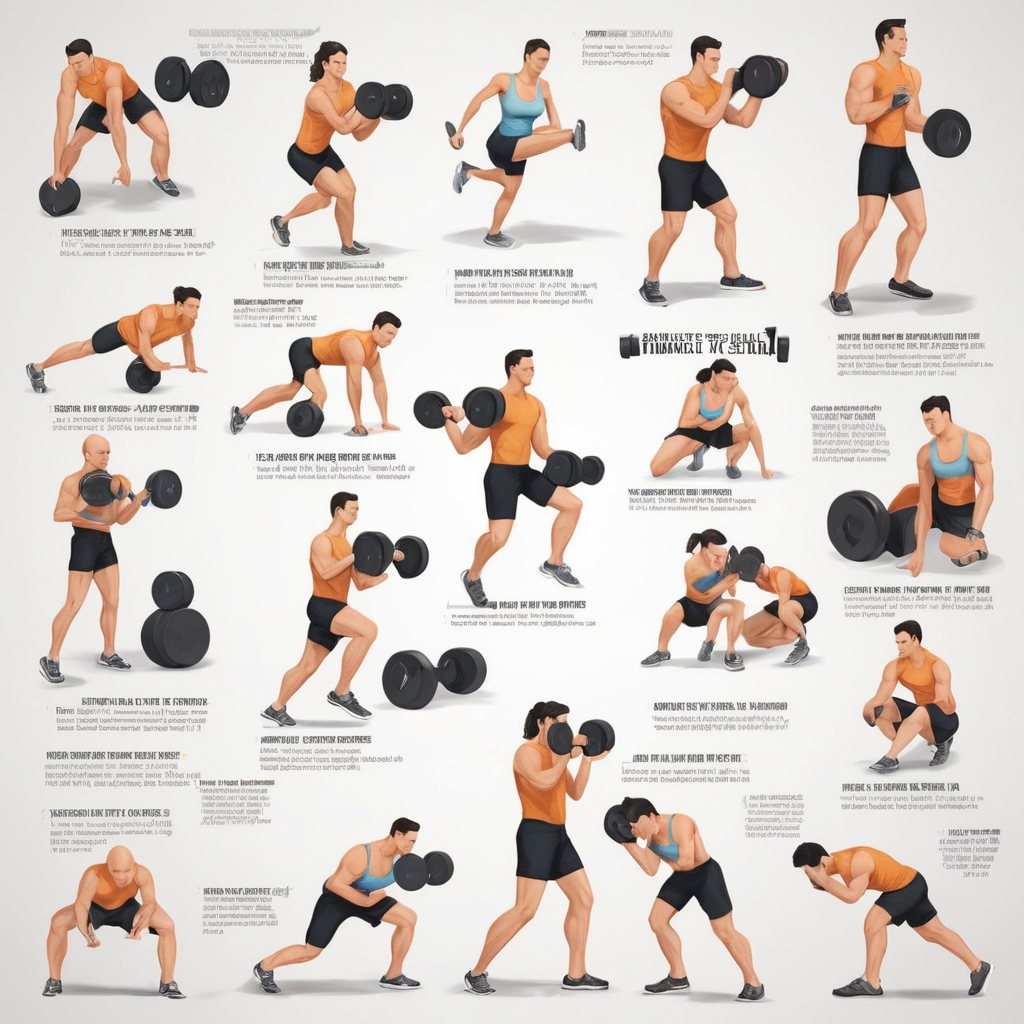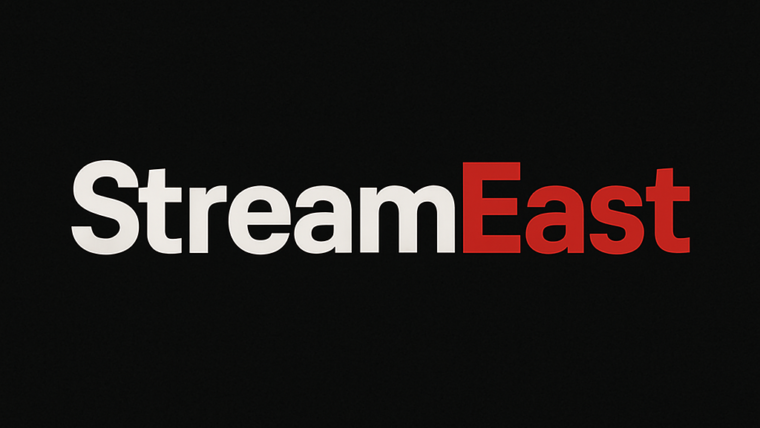The 75 Medium Challenge strikes a sweet spot between the tough 75 Hard and the more relaxed 75 Soft challenges. The program needs just one 45-minute workout each day, not two. This makes it available to busy professionals who want to make lasting lifestyle changes.
The challenge rules give you flexibility without losing structure. You stick to your diet 90% of the time and drink water based on your weight. A short 5-10 minute meditation or prayer session fits into your daily routine. You’ll also spend 10 minutes each day on self-improvement through reading or listening. This creates a well-rounded path to personal growth.
This piece shows why the 75 Medium Challenge works better for most people who want lasting success. The program’s balanced approach helps you avoid burnout and build strong habits around exercise, nutrition, and mindfulness. Ground results and expert explanations back these claims.

Table of Contents
- 1 Understanding the 75 Medium Challenge Rules
- 2 Why the 75 Medium Challenge Is More Sustainable
- 3 Real Results from 75 Medium Challenge Participants
- 4 Customizing the 75 Medium Challenge for Your Goals
- 5 Common Mistakes to Avoid During 75 Medium
- 6 Here are some FAQs about the 75 medium challenge:
- 6.1 What are the 75 medium challenge rules?
- 6.2 What are the 75 Hard rules for females?
- 6.3 What are the 75 soft rules?
- 6.4 What does the 75 day challenge consist of?
- 6.5 Why not to do the 75 hard challenge?
- 6.6 What is considered medium activity?
- 6.7 Does walking count for 75 soft?
- 6.8 Can you eat sweets on 75 Hard?
- 6.9 Can I do 75 Hard and still drink?
- 6.10 Does walking count for the 75 Hard challenge?
- 6.11 Can you have a rest day on 75 Hard?
- 6.12 What to eat during 75 Hard?
Understanding the 75 Medium Challenge Rules
The 75 Medium Challenge’s daily requirements are the foundations of personal growth that create a well-laid-out yet flexible framework. The challenge has six main components that you need to complete every day.
Complete breakdown of daily requirements
You must complete these daily tasks:
- A 45-minute workout session
- Water intake equal to half your body weight in ounces
- Your chosen diet plan with 90% adherence
- 10 minutes of personal development through reading or listening
- 5-10 minutes of meditation or prayer
- Progress photos (usually on day 1 and day 75)
Key differences from 75 Hard rules
The 75 Medium Challenge changes several parts of the original 75 Hard program. We reduced the workout requirement to one 45-minute session instead of two daily workouts. The water intake now matches your body weight rather than sticking to a fixed one-gallon requirement.
The diet rules are more flexible now. You can follow your plan with 90% adherence instead of the strict no-cheat-meal policy in 75 Hard. The reading requirement now includes both traditional books and audio content, making it available to people with different learning styles.
Flexibility and customization options
This challenge stands out from other programs because of its adaptable nature. You can pick any diet plan that works for you – Mediterranean, vegan, or any other structured approach. The exercise part lets you choose different activities based on your fitness level, from strength training to cardio.
You can customize your personal development time to match your learning style. Read physical books, listen to audiobooks, or tune into educational podcasts. This flexibility helps you stay consistent through the 75-day journey while honoring your lifestyle and priorities.
Why the 75 Medium Challenge Is More Sustainable
Scientific research backs moderate approaches to fitness and lifestyle changes. Studies show physical activity delivers soaring wins for health without raising injury risks at moderate intensities. According to TuffWraps, intensive workout programs can do more harm than good if you’re not giving your body enough time to rest. The 75 Medium Challenge provides a great balance between meeting your fitness goals and preserving your body’s health.
More than that, regular exercise boosts brain function and improves attention, focus, and decision-making abilities up to two hours after you finish.
Scientific evidence behind moderate approaches
Research shows moderate physical activity creates positive changes in physical and mental wellness. The body produces opioids and endocannabinoids during exercise that boost mood and self-esteem while reducing anxiety. These biochemical changes help improve cognitive function and make stress management easier.
Mental health benefits vs extreme challenges
The 75 Medium Challenge’s balanced approach matches clinical findings on mental wellness. Research shows regular physical activity improves how the hypothalamus-pituitary-adrenal axis works. All the same, the program’s core difference lies in its flexibility. One daily workout instead of two helps prevent overtraining and burnout.
Exercise therapy works especially when you have various mental health conditions. The program adds meditation that creates another layer of benefits. Anatomical and neurochemical evidence shows meditation has nowhere near the same effects as other practices. It improves attention and helps regulate the autonomic nervous system.
Success rate comparison with 75 Hard
The 75 Medium Challenge’s green structure creates higher completion rates than stricter programs. The flexible approach to nutrition and exercise prevents the ‘all-or-nothing’ mindset that guides people to quit. Participants can modify requirements based on their lifestyle, which leads to better long-term success.
Research supports this moderate approach. Small, sustainable changes work better for long-term success than following strict rules. The challenge focuses on gradual progress, which matches scientific evidence. Even modest amounts of exercise can create real changes in both physical and mental well-being.
Real Results from 75 Medium Challenge Participants
People who finish the 75 Medium Challenge see major improvements in many areas of their lives. Their bodies and minds change gradually throughout the program. These changes continue to affect them long after the 75-day period ends.
Physical transformation stories
Daily workouts help participants achieve remarkable physical improvements. The well-laid-out approach of the program improves their strength and stamina. Many people notice their skin becomes clearer and their hydration levels improve because they drink enough water during the challenge.
The physical changes show through:
- Better body composition from eating consistently
- Greater muscle endurance from 45-minute daily workouts
- Quality sleep and higher energy levels throughout the day
- Progress captured in before-and-after photos
Mental and emotional improvements
The mental benefits of the 75 Medium Challenge go way beyond the reach and influence of physical changes. The program’s balanced approach helps reduce stress, anxiety, and depression levels. Daily exercise combined with structured habits gives participants more energy and helps them sleep better.
Daily reading and planning requirements help improve focus and boost productivity. Participants build stronger self-trust and confidence as they complete their daily tasks. The program’s structure builds mental resilience while giving people flexibility in their approach.
Long-term habit formation success
The 75 Medium Challenge excels at creating green lifestyle changes. The moderate approach works better for long-term success because it balances structure with flexibility. Weekly habits around exercise, hydration, and personal development often continue well after the program ends.
Daily rituals and routines are the foundations of the program’s success in habit formation. Participants who complete the challenge usually keep their new habits. This indicates how well the program works for creating lasting behavioral change. Achievable, realistic lifestyle changes work better for sustained success than strict, inflexible rules.
The challenge helps build tailored, long-term habits that combine smoothly with participants’ daily routines. This approach promotes genuine lifestyle transformation instead of temporary changes. The result is lasting improvements in both physical and mental well-being.
Customizing the 75 Medium Challenge for Your Goals
The 75 Medium Challenge lets you customize the program to fit your life and goals. This flexibility sets it apart from stricter fitness programs and makes it a great choice to create lasting lifestyle changes.
Adapting workout intensity levels
Quality matters more than quantity when choosing exercises in the 75 Medium Challenge. You can pick from these workout styles:
- Strength training with compound movements
- High-Intensity Interval Training (HIIT)
- Steady-state cardio at moderate pace
- Outdoor sports activities
Start with workouts you can handle and build up your intensity over time. This helps you avoid burnout and improve steadily throughout your 75-day journey.
Personalizing nutrition guidelines
The nutrition part gives you plenty of room to adapt while keeping you on track. The 90/10 rule is key – stick to your chosen diet 90% of the time and you can handle small deviations without losing progress. This flexibility means you can:
Create meal plans that fit your lifestyle Adjust your macronutrient ratios based on your goals Focus on whole foods with room for occasional treats Check your progress weekly
Pick a diet that matches your priorities and you’ll be more likely to stick with it. This could be Mediterranean, vegan, Paleo, or any other well-laid-out approach that promotes healthy eating.
Modifying mindfulness practices
Your mindfulness practice can adapt to your schedule and priorities. You need 5-10 minutes of daily meditation or prayer. Personal development can include:
Reading physical books about self-improvement Listening to audiobooks during commutes Engaging with educational podcasts
Apps or journals help track both physical and mental gains. Regular check-ins let you adjust your approach when needed, so the challenge stays both doable and pushes you forward.
Common Mistakes to Avoid During 75 Medium
Your success in the 75 Medium Challenge depends on avoiding common pitfalls that can stop your progress. Learning about these roadblocks will help you stay on track throughout your program.
Over-restricting diet choices
Strict food restrictions rarely work in the long run. Studies show that rigid eating patterns can harm your relationship with food. The 75 Medium Challenge promotes a balanced approach where you get 80% of your nutrition from whole foods.
Some common dietary mistakes include:
- Cutting out all food groups without medical reasons
- Eating too few calories
- Getting hung up on “clean” versus “cheat” meals
- Not balancing nutrients properly
Research proves that building good eating habits works better than temporary restrictions. The challenge helps you make healthier food choices without falling into extreme dieting traps.
Neglecting recovery time
Many people overlook proper recovery, which is vital to success. Medical experts warn that daily workouts without rest can burn you out and cause injuries. The American College of Sports Medicine suggests 30 minutes of moderate activity five days per week, showing how rest days matter.
Many participants feel they must do intense workouts daily. Light activities like walking or swimming on recovery days help your muscles relax without taking a complete break. This strategy prevents overtraining and keeps your momentum going.

Comparing progress to 75 Hard participants
A big mistake is measuring your results against 75 Hard Challenge participants. The 75 Medium Challenge offers a more doable framework. Dr. Shoaib Malik, MD, a board-certified family medicine physician, explains that tough requirements can lead to burnout and hurt your mental health.
Progress photos need careful thought. These pictures might trigger obsessive body checking or body dysmorphia in some people. The challenge focuses on your overall well-being rather than just physical changes.
Your body and mind need different things each day. Some days you’ll feel energized to work out, while others signal you to rest. This flexibility makes the 75 Medium Challenge different from stricter programs, setting you up for long-term success.
Vincent, a fitness expert, points out that even with flexible nutrition options, you should get proper guidance to optimize your approach. This helps you avoid nutrition planning mistakes and maintain steady progress.
The challenge works because you can adapt its requirements to fit your needs. This personal touch helps you avoid the “all-or-nothing” thinking that makes many people quit programs.
The 75 Medium Challenge proves the effectiveness of balanced, eco-friendly lifestyle changes. The 75 Hard Challenge tests extreme limits. However, this modified version helps create lasting habits through achievable daily goals. Research shows this moderate approach leads to higher completion rates and better long-term success.
People who finish the challenge see their most important physical and mental improvements. The program lets them customize workouts, nutrition plans, and mindfulness practices. This customized approach with the 90/10 rule for diet helps avoid the burnout that stricter programs often cause.
The 75 Medium Challenge works because it understands human nature. A single daily workout, personalized water intake, and flexible personal development options fit into real-life schedules. These changes make the challenge available without losing its life-changing potential.
Lasting change doesn’t need extreme measures. The 75 Medium Challenge shows that steady, moderate efforts bring amazing results. People ready to change their lives will find this balanced approach gives them the structure they need to succeed. It avoids the overwhelming pressure of its harder version.
Here are some FAQs about the 75 medium challenge:
What are the 75 medium challenge rules?
The 75 Medium Challenge rules are designed to help participants engage in a more balanced approach to fitness and mental toughness, without the intensity of the 75 Hard challenge. The 75 Medium Challenge focuses on physical activity, healthy eating, and self-discipline with a bit more flexibility. It includes following a set exercise routine, completing specific tasks, and adhering to guidelines like maintaining a clean diet without extreme restrictions. The challenge has specific guidelines laid out in the 75 Medium Challenge PDF, detailing what can and cannot be done.
What are the 75 Hard rules for females?
The 75 Hard challenge rules for females are the same as for males, focusing on discipline, mental toughness, and personal development. These include following a strict diet, doing two daily workouts, drinking a gallon of water, reading ten pages of a self-help book, and taking progress photos every day. 75 Medium Challenge rules may differ slightly by being less intense but still provide an opportunity for self-improvement.
What are the 75 soft rules?
The 75 Soft rules are a more lenient version of the 75 Hard challenge. It focuses on sustainable habits for long-term health without the strictness of 75 Hard. Activities are more moderate in intensity, such as incorporating regular walking or light exercise, and can allow more flexibility in food choices. Unlike the 75 Medium Challenge, the Soft version may be easier to maintain and is designed for those looking for more flexibility.
What does the 75 day challenge consist of?
The 75 Day Challenge generally consists of mental and physical challenges aimed at improving your overall health and discipline over a period of 75 days. The challenge includes activities like following a structured diet plan, exercising twice a day, drinking a gallon of water daily, reading self-help books, and taking daily progress photos. While 75 Medium Challenge has its own set of rules, it offers a more balanced approach compared to the original 75 Hard challenge.
Why not to do the 75 hard challenge?
The 75 Hard Challenge can be extremely intense and may not be suitable for everyone. Its rigid rules, including no cheat meals, two daily workouts, and significant dietary restrictions, may cause burnout or mental fatigue for some participants. However, alternatives like the 75 Medium Challenge may offer a more manageable way to build discipline while allowing for flexibility.
What is considered medium activity?
Medium activity refers to exercises or physical activities that are moderate in intensity. This might include activities like brisk walking, cycling at a steady pace, or light weightlifting. For the 75 Medium Challenge, participants are encouraged to focus on activities that are challenging but not overly strenuous, making it more sustainable over time.
Does walking count for 75 soft?
Walking can definitely count as part of the 75 Soft Challenge, especially as it’s considered a form of low to moderate activity. Many participants find that incorporating daily walks helps them maintain their physical activity level without overexertion. This is one of the differences between the 75 Soft and 75 Medium Challenge, which can incorporate more flexibility.
Can you eat sweets on 75 Hard?
No, sweets are not allowed on the 75 Hard Challenge. The challenge requires a strict diet with no cheat meals, including sweets, processed foods, or alcohol. While the 75 Medium Challenge may allow for a bit more flexibility in terms of food, it still emphasizes healthier eating habits and self-discipline.
Can I do 75 Hard and still drink?
Alcohol is not allowed during the 75 Hard Challenge. The rules strictly prohibit any consumption of alcohol, focusing instead on mental clarity and physical health. However, for those seeking a less restrictive challenge, the 75 Medium Challenge offers more flexibility.
Does walking count for the 75 Hard challenge?
Walking does count as part of the daily exercise requirement for the 75 Hard Challenge, but only if it meets the intensity requirement. Two workouts per day are mandatory, and one must be outdoors. Light walking may not count as sufficiently intense unless it’s paired with another more rigorous form of exercise.
Can you have a rest day on 75 Hard?
No, the 75 Hard Challenge does not allow rest days. Participants are required to complete their tasks every single day for 75 consecutive days, with no exceptions. However, in the 75 Medium Challenge, there is more room for flexibility and self-care.
What to eat during 75 Hard?
During the 75 Hard Challenge, participants must stick to a healthy and structured diet with no cheat meals. This diet should focus on whole foods, plenty of vegetables, lean proteins, and healthy fats, but can vary based on personal preferences. The 75 Medium Challenge also encourages clean eating, but it may be less restrictive.


